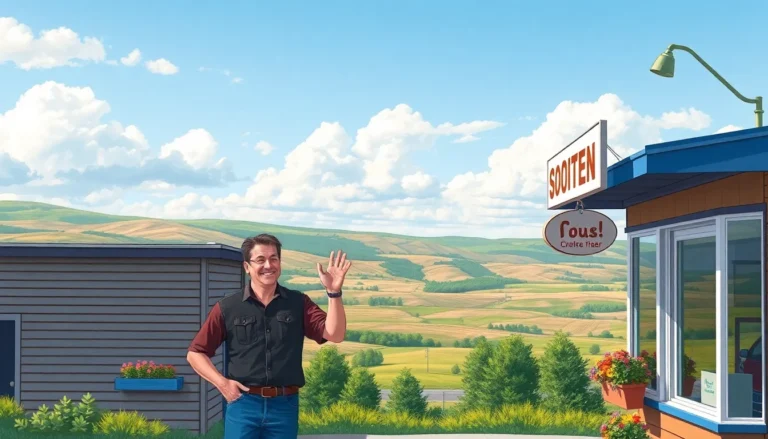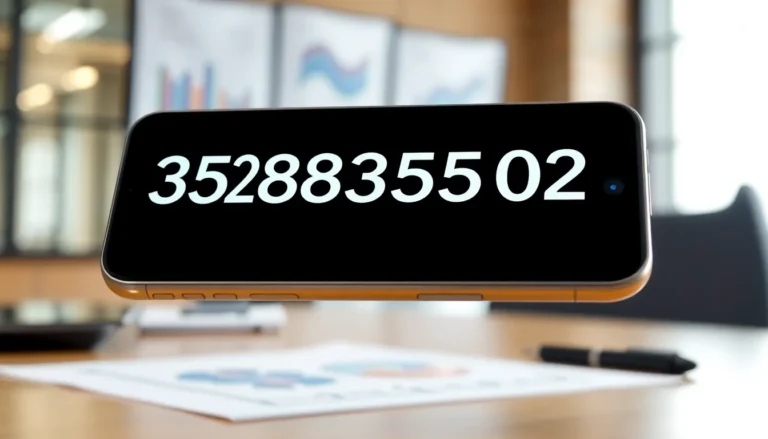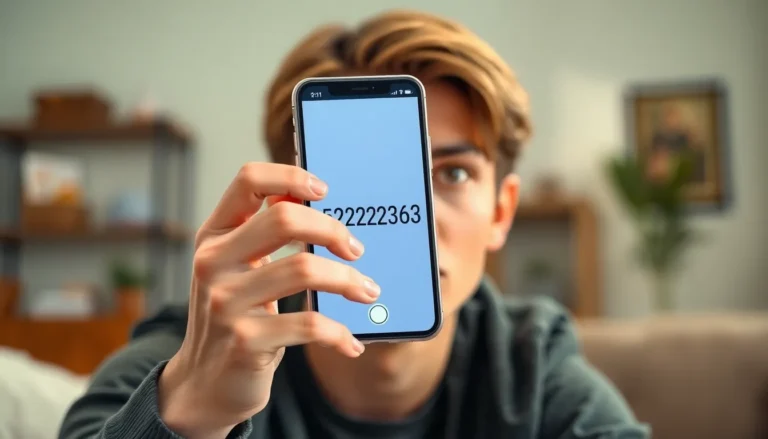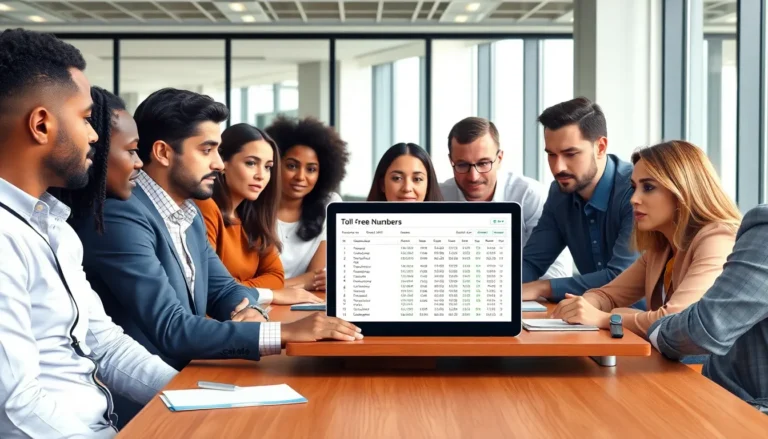Imagine typing a few words and, voilà, a stunning image appears before your eyes. Welcome to the whimsical world of text-to-image generation, where creativity meets cutting-edge technology. This fascinating process transforms mere words into vibrant visuals, making it possible for anyone to unleash their inner artist without ever picking up a paintbrush.
As artificial intelligence takes center stage, the magic of turning text into images isn’t just a novelty—it’s a game changer. Whether you’re a marketer looking to spice up your campaigns or a casual doodler seeking inspiration, text-to-image generation offers endless possibilities. So buckle up and get ready to explore how this innovative technology is reshaping the way we create and communicate. Who knew that a few cleverly chosen words could lead to such delightful visual surprises?
Table of Contents
ToggleOverview of Text-to-Image Generation
Text-to-image generation enables users to produce images directly from textual descriptions. Significant advancements in artificial intelligence drive this process, making it sophisticated and accessible. Users provide input phrases, and the system interprets these words to create unique visuals.
Numerous algorithms underpin text-to-image models. Generative Adversarial Networks (GANs) play a crucial role, consisting of two neural networks that enhance image quality. Variations of GANs, like StackGAN and AttnGAN, incorporate features to improve resolution and detail.
Several applications exist for text-to-image generation. Marketers utilize it to create tailored visuals for campaigns. Artists experiment with unique styles and concepts through AI-generated images. Educators might employ the technology for engaging instructional materials.
Multiple platforms offer text-to-image capabilities. DALL-E, for instance, generates diverse images from prompts, showcasing creativity and flexibility. Midjourney operates similarly, focusing on high-quality art generation tailored to user preferences.
Text-to-image generation shifts how individuals conceptualize and create art. Users can explore their imagination without technical skills, breaking down traditional barriers. As technology evolves, further enhancements will streamline this process, broadening accessibility for various demographics.
Innovations in text-to-image generation spark excitement across creative industries. Content creation becomes a more efficient task with these tools. As AI continues to advance, the potential for generating stunning visuals from text will expand, leading to new forms of expression and communication.
Key Technologies in Text-to-Image Generation
Text-to-image generation relies on cutting-edge technologies that significantly enhance image creation from textual inputs. Key components include neural networks and natural language processing, both of which play crucial roles.
Neural Networks
Neural networks form the backbone of text-to-image generation systems. These models analyze complex patterns within datasets, learning to generate images based on textual descriptions. Convolutional Neural Networks (CNNs) and Generative Adversarial Networks (GANs) stand out among these models. CNNs excel at processing image data, while GANs, through a two-part system, refine images iteratively, improving quality. The introduction of models like StackGAN and AttnGAN further optimizes this process. Users benefit from enhanced image clarity and detail, resulting in visually striking outputs.
Natural Language Processing
Natural language processing (NLP) interprets and translates text into a format that neural networks can utilize. It enables systems to comprehend nuances in language, ensuring accuracy in visual representation. NLP algorithms dissect syntax and semantics, capturing the essence of given prompts. Techniques like word embeddings and attention mechanisms enhance understanding by contextualizing phrases. This capability allows users to generate images that faithfully reflect their descriptions. Effective NLP transforms user input into coherent images, bridging the gap between language and visual creativity.
Applications of Text-to-Image Generation
Text-to-image generation has diverse applications across various industries. Users deploy this technology to unlock creativity and enhance productivity.
Art and Design
Artists experiment with different styles using text-to-image tools. Generating visuals based on written descriptions allows for creative exploration without traditional limitations. Graphic designers benefit from quick visual mockups tailored to specific project requirements. By inputting textual prompts, they receive multiple images to choose from, streamlining the design process. This creative freedom leads to unique artworks and innovative designs that often surprise the originators.
Marketing and Advertising
Marketers increasingly leverage text-to-image generation for producing tailored campaigns. Crafting unique visuals based on campaigns enhances brand identity and engagement. Ability to generate images quickly helps in developing social media content that stands out. Advertisements become more appealing when they reflect specific themes derived from textual concepts. Surveys indicate that visually appealing content increases consumer interaction significantly, showcasing the effectiveness of this technology in advertising strategies.
Challenges in Text-to-Image Generation
Text-to-image generation faces several significant challenges that impact its effectiveness and broader adoption.
Quality and Realism
Generating high-quality images that closely resemble real-world visuals poses a major challenge. Noise and artifacts often appear in images, resulting in discrepancies between the text description and the final output. Techniques like GANs help improve quality, but achieving realism requires continuous refinement. Critics highlight that the software sometimes misinterprets complex descriptions, leading to unrealistic or blurred images. As machine learning models evolve, developers strive for improvements in both clarity and lifelike details.
Ethical Considerations
Ethical concerns arise from text-to-image generation technologies. Issues include the potential for misuse in creating misleading images or deepfakes, leading to misinformation. Copyright infringement also presents a problem, as generated images may replicate existing artworks without proper attribution. Furthermore, biases in training data can result in generating stereotypical or offensive content. Ensuring ethical guidelines and responsible usage is crucial as technology becomes more ingrained in various industries. Collaboration among creators, developers, and policymakers can foster a responsible approach to text-to-image generation.
Conclusion
Text-to-image generation represents a groundbreaking shift in how visuals are created and utilized across various fields. Its ability to translate textual descriptions into vivid images opens up new creative avenues for artists marketers and educators alike. As this technology continues to evolve it’s essential to address the challenges and ethical considerations that accompany its use. By fostering responsible practices and collaboration among stakeholders the potential of text-to-image generation can be harnessed to enhance creativity and innovation while minimizing risks. The future of visual content creation is bright and filled with possibilities.






